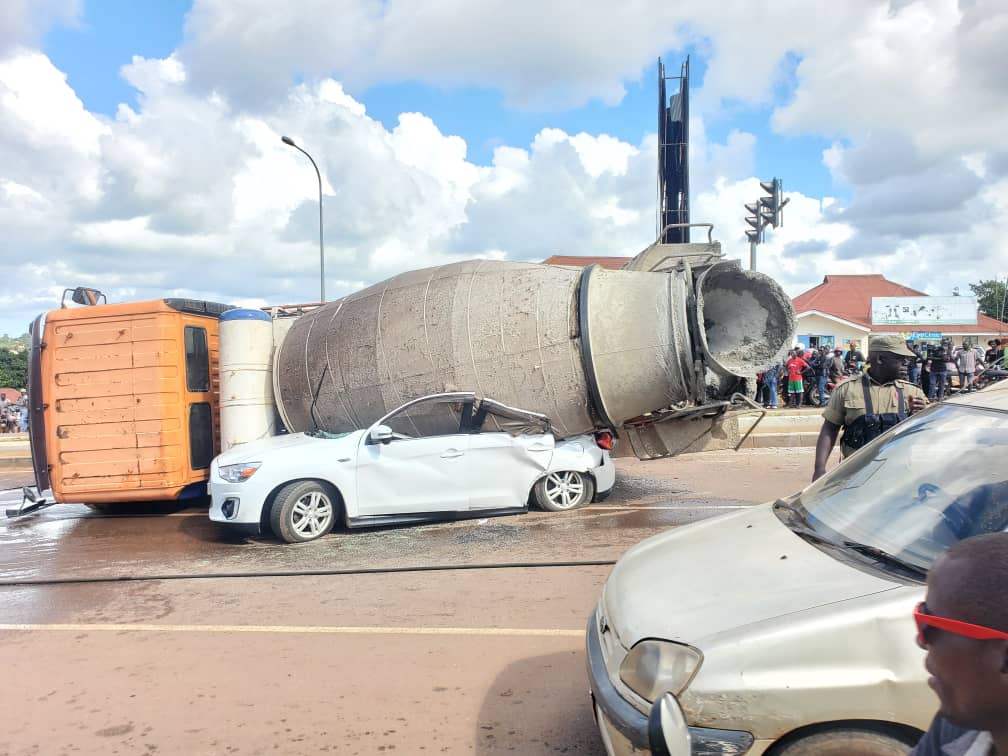People-centred infrastructure is key to sustainable development

The foundation for Uganda’s major infrastructure projects is being laid forthwith and we are waiting in anticipation.
Not only does infrastructure have potential to improve quality of life for all Ugandans but it can also create vibrant new places to live and work.
Prospects from new infrastructure include, increased revenue, jobs, schools, hospitals, clean water, transport links, energy, digital communication networks, waste disposition, and so on.
A big opportunity indeed exists for us to tap into the economic and social benefits of infrastructure, if our focus is aimed at ‘People first before Profits’.
People-centered infrastructure takes into account the needs of the local community and the environment before the developers and policy implementers. It can be achieved by aligning the National Vision with the National Development Plan, policies, strategies and legislation with the national spatial plans and local-area plans.
Long-term delivery of infrastructure should encompass the sustainability agenda set forth by Resolution 42/187 of the United Nations General Assembly.
Sustainable development should meet the needs of the present without compromising the ability of future generations to meet their own needs.
In essence, concern for future generations should be at the forefront of new infrastructure delivery – the objective of guaranteeing better lives for ourselves should not be at the detriment of the lives of future generations.
The key therefore, is to have a balanced approach toward long-term spatial planning, focusing on greater social, environmental and economic benefits within a specified time.
Infrastructure built to meet present demand should be relevant and not an inconvenience or detriment to the local community.
Practices that require demolishing or engaging into expensive renovations of infrastructure are wasteful and economically unsustainable.
Therefore, the guiding principle for infrastructure planners, policy makers and implementers should be the ‘triple bottom line’ approach as coined by renowned author and entrepreneur John Elkington. His emphasis is People, followed by the Planet and lastly Profit.
Any other way is likely to result into bizarre, skewed outcomes.
Have you recently driven on a busy section of Kampala’s Northern Bypass and noticed a newly constructed international school? The school is economically viable, a grand structure and a great addition to the built environment.
The school will most likely create jobs and provide education for children from Kampala and its suburbs.
However, such a project on the highway comes with foreseeable domino effects on the neighborhood - the highway leaves minimal room for traffic to maneuver, inadvertently leading to heavy traffic during school drop offs and pickups.
When an existing school is moved from one location to another, parents and teachers move with it.
Children are more likely to be transported by private means to the school as opposed to walking to school, or relying on matatus or boda bodas. Traffic cops become necessary to regulate traffic flow during the rush hours of school term.
The impact of the new infrastructure is born by the neighborhood in terms of longer commuter times to work; inconvenience to the regular road users along the highway; increased vehicles fumes in the residential area; and extra deployment of traffic cops to manage the increased traffic flow and so on.
Spatial plans, local plans and infrastructure investment plans should focus on both the short term and long term needs of the local community because locals have a better understanding of their neighborhood than the developers or high level decision makers.
Stakeholders at all levels should be engaged to participate in discussions for solutions and developmental goals of the regions and neighborhoods.
Where possible, a well thought-out infrastructure levy or compensation plan should be included during the development appraisal and inclusive of best ways to avoid, mitigate or absorb the likely impact of the new infrastructure.
Lydia Kakooza is a planner and alumna of
Kingston University School of Planning,
Surveying and Architecture.
[email protected]




